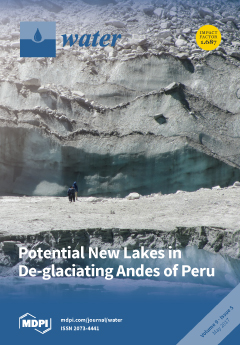The information on transpiration is vital for sustaining fragile ecosystem in arid/semiarid environment, including the Horqin Sandy Land (HSL) located in northeast China. However, such information is scarce in existing literature. The objectives of this study were to: (1) measure sap flow of
[...] Read more.
The information on transpiration is vital for sustaining fragile ecosystem in arid/semiarid environment, including the Horqin Sandy Land (HSL) located in northeast China. However, such information is scarce in existing literature. The objectives of this study were to: (1) measure sap flow of selected individual stems of two sand-fixing plants, namely
Salix gordejevii and
Caragana microphylla, in HSL; and (2) upscale the measured stem-level sap flow for estimating the community-level transpiration. The measurements were done from 1 May to 30 September 2015 (i.e., during the growing season). The upscaling function was developed to have one dependent variable, namely sap flow rate, and two independent variables, namely stem cross-sectional area of
Salix gordejevii and leaf area of
Caragana microphylla. The results indicated that during the growing season, the total actual transpiration of the
Salix gordejevii and
Caragana microphylla communities was found to be 287 ± 31 and 197 ± 24 mm, respectively, implying that the
Salix gordejevii community might consume 1.5 times more water than the
Caragana microphylla community. For this same growing season, based on the Penman–Monteith equation, the total actual evapotranspiration for these two communities was estimated to be 323 and 229 mm, respectively. The daily transpiration from the upscaling function was well correlated with the daily evapotranspiration by the Penman–Monteith equation (coefficient of determination
R2 ≥ 0.67), indicating the applicability of this upscaling function, a useful tool for managing and restoring sand-fixing vegetations.
Full article





